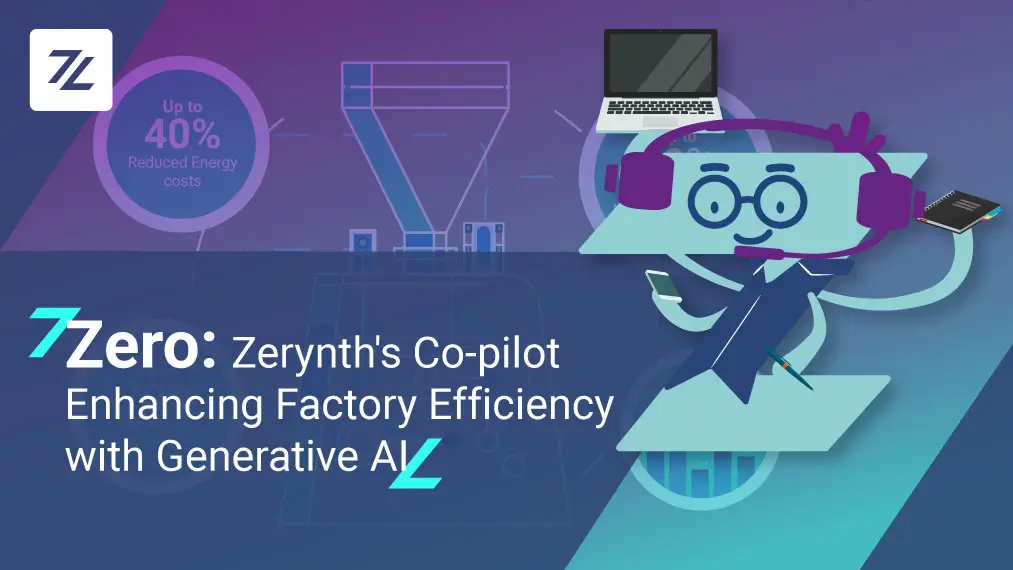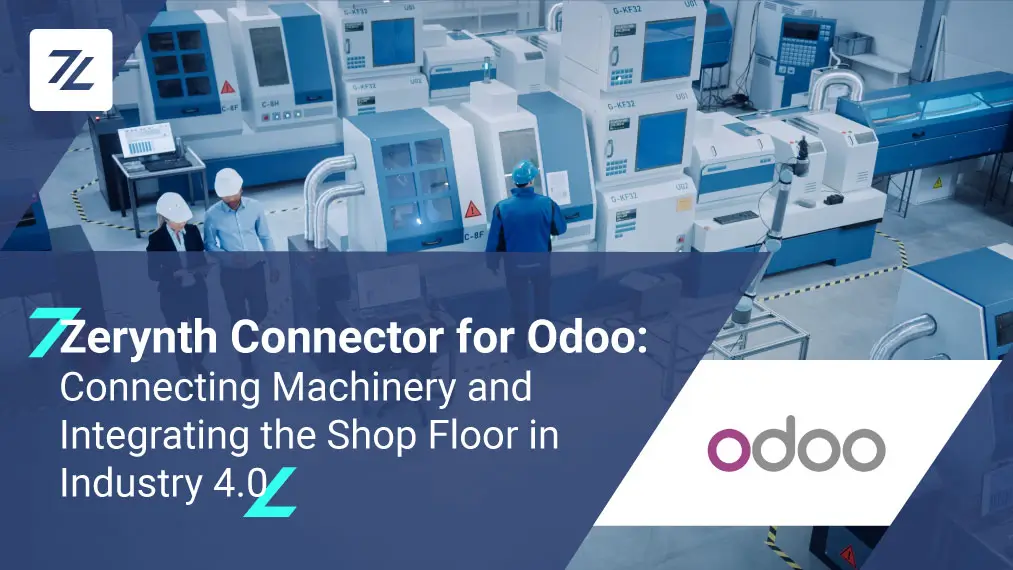The students at the University of Pisa started their SPRINT 4.0 course yesterday. During the five days of the course, with the help of the TOI team, they will be learning how to build Industry 4.0 and IoT applications.
This is the third and final SPRINT 4.0 course that our partner TOI will be holding this year. The first one was in Barcelona at La Sale, followed by the one in Bremen, at the BIBA University.
The course in Pisa started yesterday, on September 23rd, and will end on Friday, September 27th.
SPRINT4.0 is a Strategic Partnership for Higher Education project. This project has been funded with support from the European Commission. This website reflects the views only of the author, and the Commission cannot be held responsible for any use which may be made of the information contained therein.
4ZeroPlatform – the main tool during the SPRINT 4.0 course
The main tool during the course will be the 4ZeroPlatform and its use cases. The 4ZeroPlatform is a Zerynth powered industrial toolset. It consists of the above-mentioned 4ZeroBox and the 4ZeroManager.
- The 4ZeroBox is a machine-to-cloud interface that can be plugged into old and modern industrial machines.
- The 4ZeroManger, a cloud-based device management service for organizing, monitoring, and remotely updating connected devices at scale.
Visit TOI’s official website if you want to learn more.
As you can see from the pictures, the first day was quite crowded:
Zerynth and XinaBox workshop
The TOI team will also be holding a Zerynth and XinaBox workshop during the course. It will be an opportunity for the students to see how quick and easy prototyping can be in Python, with the help of Zerynth Studio and XinaBox xChips.
The students will be using the famous CW02 xChip since it already has a Zerynth license onboard.
The workshop will be divided into three parts, based on the level of complexity:
- Blinking of the LED on the CW02, using threads to introduce multi-tasking.
- Adding the SW01 weather sensor and reading data from it. The data is then displayed on the Serial Monitor.
- The SW01 weather sensor and CW02 become an edge device and share data with the Ubidots IoT platform.
We’re sure that you’re familiar with some of the tutorials we have published with this particular combination. But, just in case you want to be reminded, and try out some of the tutorials at home, here is a list that will help you:
- Make your own remote control with Zerynth and XinaBox
- Remote Gesture and Proximity Sensing Tutorials with XinaBox, Zerynth, and Ubidots
- Python Weather Station with Zerynth, XinaBox, and Ubidots
- A temperature-controlled fan, with XinaBox and Zerynth Studio
- Controlling the relay of XinaBox OC03 using Python and Zerynth Studio
- From blinking an LED to sharing data over WiFi in real-time
Download Zerynth Studio
Download Zerynth Studio, if you want to start programming 32-bit microcontrollers in Python too. It’s free to download and available for Windows, Linux, and Mac OS. Start your IoT adventure today!






